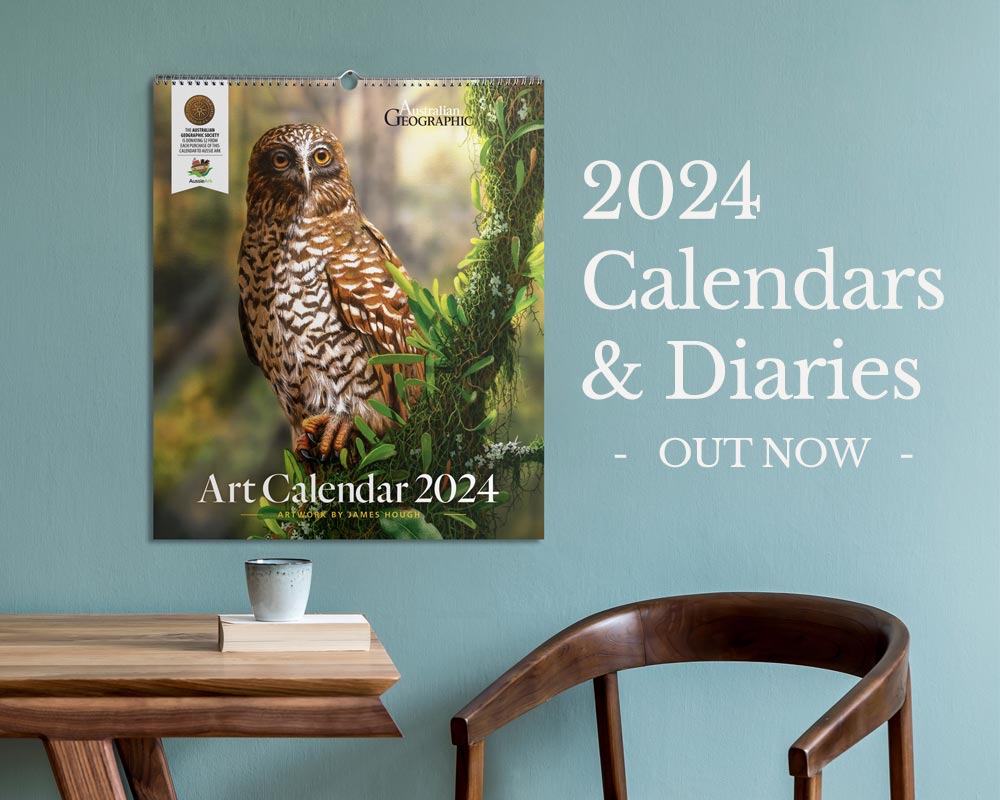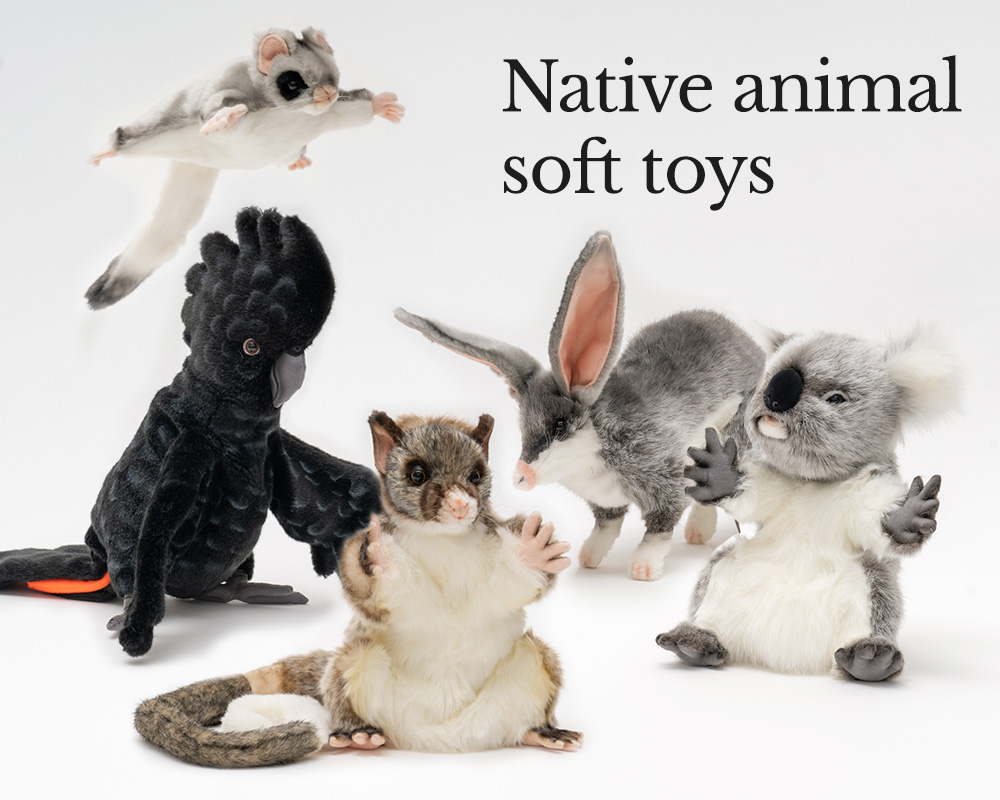This Desert Spadefoot is like a phoenix, rising for its dinner

Bec Crew
Bec Crew

WITH TEMPERATURES that hit 50°C in summer and 0°C in winter, and cycles of severe drought followed by flooding, the town of Windorah in western Queensland is the kind of place that only the most specialised creatures survive.
Enter the desert spadefoot (Notaden nichollsi) — a comically round, stout little amphibian, with stubby legs, a short snout, and a sad, downturned mouth that gives it a permanent frown.
And why wouldn’t it frown? It’s a moisture-loving life form that’s somehow found itself in one of the hottest regions on the planet.
Native to deserts, marshes, and grasslands of Australia, this unique frog ranges from the southern Kimberley region of Western Australia, through to the southern section of Northern Territory, and into western Queensland and South Australia.
The wonderful individual in the image above was photographed in Windorah by Jannico Kelk, a wildlife and conservation photographer based in Brisbane.
He describes how the temporary flooding of the region is vital for the frog’s breeding patterns, which involve laying clumps of over 1,000 eggs at a time in the clay or water-logged sand:
“When we arrived in the red sandy dunes of Windorah, it was flooded. The normally dry ground was now enormous puddles of water interrupted only by spinifex and sand dunes.
“As night fell, desert spadefoots and a range of other frogs started to call. Desert spadefoots can stay underground for extended lengths of time to avoid drying out in the extreme desert heat, and only surface to feed and reproduce when water is available.
“We walked through the crests and troughs of dunes to see dozens of the frogs emerging from the sand. We sat down next one that just had his eyes above ground.
“Our torch lights attracted hundreds of flying ants and other bugs. To our excitement, the desert spadefoot started to feed right in front of us, and we didn’t waste any time getting our cameras out to shoot this amazing show of natural behaviour.”
To give you an idea of how incredibly lucky this shot was, desert spadefoots are usually only seen above ground after it rains.
They spend most of their lives underground, in burrows that can plunge up to a metre below the surface.
Only after flooding is the surface cool and wet enough for the frogs to emerge, mate, and deposit their eggs in the soggy sand.
And the life inside these eggs know they’re on a strict deadline, too – they hatch and metamorphose from tadpole to frog in less than a month, so they can dig themselves underground before it’s too late.
If these frogs (which are often mistakenly referred to as toads) strike you as remarkable and charming enough to get the David Attenborough treatment, you’re not wrong, so I’ll leave you to enjoy his take on the species:




